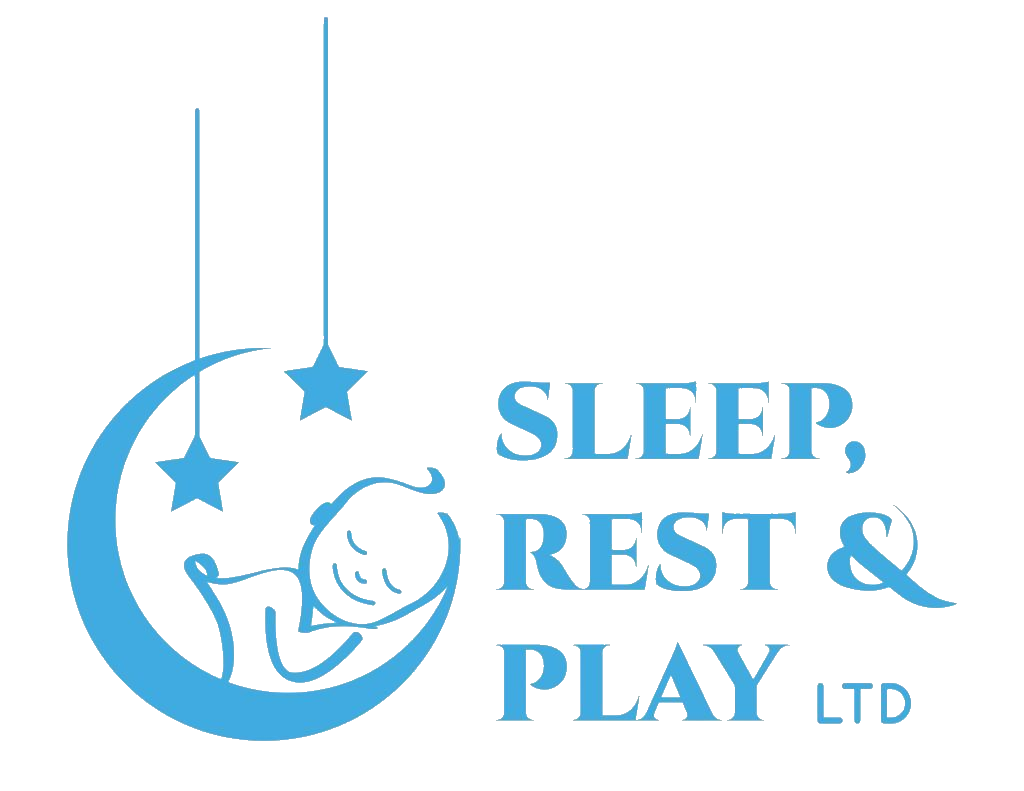Often when meeting parents whilst giving talks or through the initial sleep evaluation call, a lot talk about how their little one’s sleep has regressed since they turned four months. A lot also identify that that is when things changed and they have never been able to get back on track, 2,3,4 months down the line. Their babies went from sleeping long stretches during the day and night to taking short naps and having multiple wakings throughout the night. This can be unsettling for parents, not to mention tiring!
Well, this change is real and inevitable.
In order to understand what’s happening to your baby during this stage, first, you need to know a few things about sleep in general. So here’s the science part, told in simple terms:
Sleep actually has a number of different stages, and they make up the “sleep cycle,” which we go through several times a night.
Stage 1 is that initial stage we’re all familiar with where you can just feel yourself drifting off, but don’t really feel like you’ve fallen asleep. Anyone who has ever seen their partner nodding off in front of the TV, told them to go to bed, and gotten the canned response of, “I wasn’t sleeping!” knows exactly what this looks like.
Stage 2, which is considered the first “true sleep” stage. This is where people tend to realize, once woken up, that they actually were sleeping. For anyone taking a “power nap,” this is as deep as you want to go, or else you’re going to wake up groggy.
Stage 3 is deep and regenerative. Also known as “slow wave” sleep, this is where the body starts repairing and rejuvenating the immune system, muscles tissue, energy stores, and sparks growth and development.
Stage 4 is REM (rapid eye movement) sleep. This is where the brain starts to kick in and consolidates information and memories from the day before. It’s also the stage where we do most of our dreaming.
Once we’ve gone through all of the stages, we either wake up or come close to waking up and then start over again until the alarm goes off.
Now in order to understand what’s going with your little one’s sleep, it’s important to know that newborn babies only have 2 stages of sleep; stage 3 and REM, and they spend about half their sleep in each stage. But at around the third or fourth month, there is a reorganization of sleep, as they embrace the 4-stage method of sleep that they’ll continue to follow for the rest of their lives. So essentially at the 4-month mark, babies sleep cycles become adult-like, spending more time in lighter sleep. This means there’s more of a chance that baby’s going to wake up.
That’s not to say that we want to prevent or avoid baby waking up. Waking up is absolutely natural, and we continue to wake up three, four, five times a night into adulthood and even more in old age.
As adults, however, we’re able to identify certain comforting truths that baby might not be privy to. When we wake in the night, we’re able to recognize that, “Hey, I’m here in my bed, it’s still nighttime, my alarm isn’t going to go off for another three hours, I can go back to sleep”
And we do. Usually so quickly that, the next morning, we don’t even remember the brief encounter with consciousness.
What happens more often than not with 4-month-old babies, when they wake up when shifting through sleep cycles, is that they are not where they started their journey into sleep, such as moms arms or dads shoulder, or on the bottle or breast.
So when they wake up briefly they are naturally startled and this can lead to them crying and quite frankly freaking out! That stimulates the fight-or-flight response and, next thing you know, baby’s not going back to sleep without a significant amount of reassurance that everything is OK.
The other major contributor to this 4 month change in sleep, I find, is that up until this point, parents have either been putting their baby to sleep with a pacifier, or by rocking them, or by breastfeeding them, or some similar technique where baby is helped along on the road to falling asleep. Now that baby’s spending more time in light sleep, and therefore has a higher probability of waking up, this suddenly becomes a much bigger issue. These sleep props or sleep associations may be helpful in getting your little one to that initial nodding off stage but are also most likely the thing that is keeping them awake or causing them to wake up multiple times in the night. When this starts happening every half an hour, parents can find themselves in a nightmarish situation.
So at 4 months, your babies sleep is actually changing into more adult-like sleep and it is a sign that they are growing.
So, onto the big question. What can you do to help your little one adjust?
Keep it DARK: Baby’s room should be dark. I mean pitch black! Tape garbage bags over the windows if you have to. Newborns and infants are not afraid of the dark. They are, however, responsive to light. Light tells their brains that it’s time for activity and alertness, and the brain secretes hormones accordingly, so we want to keep that nursery absolutely pitch black during naps and bedtime.
Use a White Noise machine: This is not to help your little one fall asleep. It is to help preserve their sleep. Daytime noises such the mail being delivered, then lawn mower going off, the dog barking etc, can rouse a baby awake when they are shifting through sleep cycles. Drowning out that external noise will prevent this.
Have a solid Bedtime Routine: Bedtime routines are also an essential component to getting your baby sleeping well. Try to keep the routine to about 4 or 5 steps, and don’t end it with a feed. Otherwise, you risk baby nodding off at the breast or the bottle, and that will create the dreaded sleep association that I mentioned earlier. So try to keep the feed near the beginning of the routine and plan the songs, stories, and getting into PJs towards the end. The whole process should be about 20 – 30 minutes long, and baby should go into their crib while they’re still awake.
If you’re noticing baby getting fussy before bedtime, you’ve probably waited too long. Four-month-old babies should really only be going about two hours between snoozes, and bedtime should be between 7 and 8 at night. Moving forward from this change in your four-month-olds sleep, do bear in mind that some regression will still happen. Traveling, illness, cutting teeth, all of these things can cause your little one to have a few bad nights in a row. But when it comes to the four-month mark, I’m happy to report that this is a one-time thing. Once you’re through this, your baby will have officially moved into the sleep cycle that they’ll essentially be following for the rest of their life. Four stages repeated multiple times a night.
And by taking this opportunity to teach them the skills they need to string those sleep cycles together, independently, prop-free, without any need for nursing, rocking, or pacifiers, you’ll have given them a gift that they’ll enjoy for the rest of their young lives.

